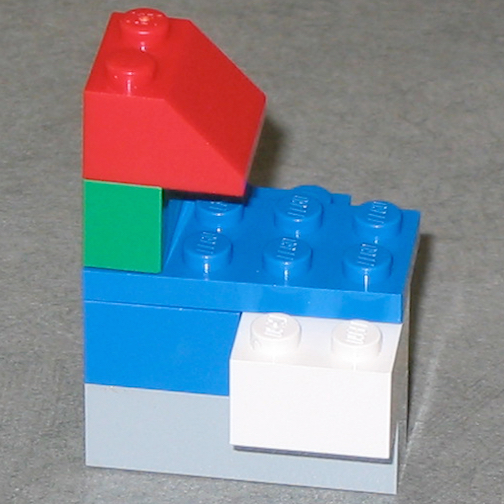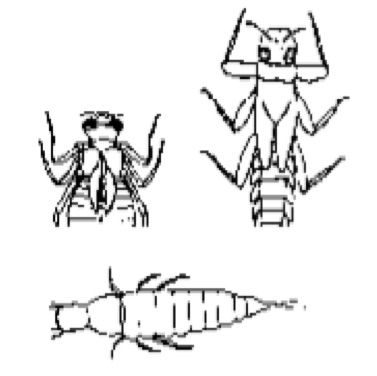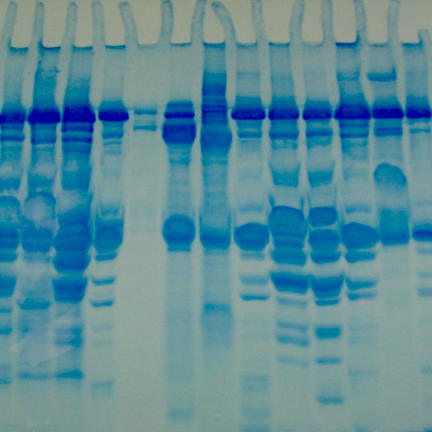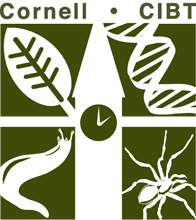Labs & Activities

Bouquet of Flowers
Ecology
Evolution
High School
Inquiry/Scientific Method
Insects
Plants
Recently Updated!
This series of four different lab activities all relate to flower reproduction. They have been designed to relate to each other and to stand alone. Name that Pollinator focuses on adaptations for successful pollination. Both pollen and pollen vectors are examined. Observing, data gathering, making measurements through the microscope, and… read more of the article entitled “Bouquet of Flowers”

Building Blocks of Life
Evolution
Genetics
High School
Molecular Biology
Recently Updated!
The shape of a protein determines its function. In this lab, students will be given a hypothetical DNA sequence for part of an enzyme. Using the Universal Genetic Code, they will then determine the amino acid sequence coded for by the DNA. Students will examine a “substrate” and predict the… read more of the article entitled “Building Blocks of Life”

Comparative Skulls
Animals
Ecology
Evolution
High School
Middle School
Physiology
What can a skull tell you? A lot! If you look at a skull for clues about its origin, not only can you identify what species it might be from, but you can learn many details about the original animal. In this lab, students will determine what clues to analyze in… read more of the article entitled “Comparative Skulls”

Comparing Aquatic Communities
Animals
Ecology
Evolution
High School
Inquiry/Scientific Method
Insects
Microbiology
Physical Sciences
Plants
Teams of students measure physical and chemical characteristics of different sites in streams and/or ponds and collect benthic invertebrate organisms. They interpret patterns in the structure of the biological community at each site in light of the abiotic (physical and chemical) and biotic nature of the environment. Downloads Comparing Aquatic… read more of the article entitled “Comparing Aquatic Communities”

Evolving Trees
Evolution
Genetics
High School
Inquiry/Scientific Method
This exercise introduces the basic methods of phylogenetic analysis. Students are asked to hypothesize the evolutionary relationships of groups of organisms based on traits, and to become familiar with the methods for building evolutionary trees using the basic principles of taxonomy and classification. Downloads Evolving Trees (Teacher Edition) Evolving Trees… read more of the article entitled “Evolving Trees”

Goldenrod Galls
Ecology
Evolution
High School
Inquiry/Scientific Method
Insects
Middle School
Plants
This investigation examines natural selection and coevolution using goldenrod (Solidago canadensis), its stem gall insect (Eurosta solidaginis), and associated parasites, parasitoids, and predators that feed upon the stem gall insect (i.e., Eurytoma obtusiventris, Eurytoma gigantea, Mordellistena unicolor, and birds). Through measurements of gall size and an investigation of events occurring… read more of the article entitled “Goldenrod Galls”

Mystery of the (Hominin) Skulls
Evolution
High School
Inquiry/Scientific Method
In this laboratory activity students will examine nine hominin skulls for specialized features and take measurements that will enable them to determine the relatedness of these species. They will identify the placement of each specimen on a phylogenetic tree that also reveals the geological time frame in which each species… read more of the article entitled “Mystery of the (Hominin) Skulls”

Protein Gel Electrophoresis
Animals
Evolution
Genetics
High School
Inquiry/Scientific Method
Molecular Biology
Students will separate a mixture of proteins from skeletal muscle using SDS polyacrylamide gel electrophoresis (PAGE). PAGE is a powerful analytical technique having numerous applications in modern biology. Evidence for evolutionary relatedness amongst organisms can be determined using this technique. Suggested organisms to compare include various fishes, mammals, poultry and/or… read more of the article entitled “Protein Gel Electrophoresis”

Tardigrade Lab
Ecology
Evolution
Microbiology
Middle School
Downloads Students will explore the microscopic world found living on lichens and mosses. Using a simple collection and extraction process, students will observe extremophiles called tardigrades. This lab includes a reading activity with questions as well as an anticipation guide handout for use with a YouTube video Tardigrade Lab (Student… read more of the article entitled “Tardigrade Lab”

Whales
Animals
Ecology
Elementary School
Evolution
Middle School
The Whale Kit full teachers’ manual provided below contains background information, handouts, games, and laboratory exercises related to all aspects of whale biology, from the massive blue whale to the smallest harbor porpoise. Students will explore anatomy, evolution, feeding strategies, migration, communication, behavior, conservation, and cultural whale tales. Kit activities target elementary and middle school ocean science… read more of the article entitled “Whales”

